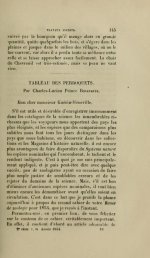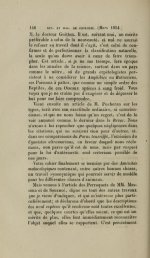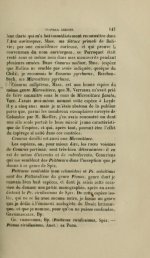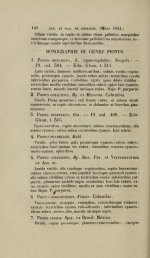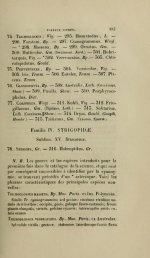Björn Bergenholtz
(former alias "Calalp")

I think there are little doubt that the following two birds:
● Slaty-tailed Trogon Trogon massena GOULD 1838 a k a "Massena Trogon "
● and the subspecies " Coconut Lorikeet" Trichoglossus haematodus massena BONAPARTE 1854 a k a "Massena's Lory" or "Massena's Lorikeet" (in aviaries)
… both commemorate the well-known French Aristocrat, both Prince & Duke as well as ornithologist; François Victor Masséna (1795–1863), who was titled either Prince d’Essling or Duc de Rivoli – owner of a large Private collection of Birds, especially of Hummingbirds.
The dedication of the Trogon is crystal clear (it´s in English), but the description of the lorikeet is in French (once again that tricky French, that I understand so little of!) and now I´m trying to figure out what, exactly what Masséna did to deserve such an honour!?
Can anyone of you guys out there, with better understanding of French, please explain?
This lorikeets was described by Bonaparte 1854 in: Tableau des Perroquets. Revue et Magasin de Zoologie Pure et Appliquée (Serie 2) 6: 145-158. (Excerpts attached)
I don´t think the type description itself (on page 157) tell us a thing (or?), but in the beginning of the same article, he is mentioned (on page 146) in the sentence:
Anyone feel up to it?
● Slaty-tailed Trogon Trogon massena GOULD 1838 a k a "Massena Trogon "
● and the subspecies " Coconut Lorikeet" Trichoglossus haematodus massena BONAPARTE 1854 a k a "Massena's Lory" or "Massena's Lorikeet" (in aviaries)
… both commemorate the well-known French Aristocrat, both Prince & Duke as well as ornithologist; François Victor Masséna (1795–1863), who was titled either Prince d’Essling or Duc de Rivoli – owner of a large Private collection of Birds, especially of Hummingbirds.
The dedication of the Trogon is crystal clear (it´s in English), but the description of the lorikeet is in French (once again that tricky French, that I understand so little of!) and now I´m trying to figure out what, exactly what Masséna did to deserve such an honour!?
Can anyone of you guys out there, with better understanding of French, please explain?
This lorikeets was described by Bonaparte 1854 in: Tableau des Perroquets. Revue et Magasin de Zoologie Pure et Appliquée (Serie 2) 6: 145-158. (Excerpts attached)
I don´t think the type description itself (on page 157) tell us a thing (or?), but in the beginning of the same article, he is mentioned (on page 146) in the sentence:
With only limited knowledge (close to none!) of French I hope that any of Bird Forums readers feel like translating that quote for me!? If so, please as accurate as possible, as I would like to quote it myself in Swedish. And don´t hesitate to remark on any errors that I might have done transcribing it."Mais venons à lʼarticle des Perrouquets de MM. Masséna et de Souancé, digne en tout des autres travaux que je viens dʼindiquer, et qui mʼintéresse plus particulièrement; et déclarons dʼabord que les descriptions des neuf espèces quʼil renferme sont tout excellentes, et que, quelques courtes quʼelles soient, ce qui est un mérite de plus, elles font immédiatement reconnaitre lʼobjet auquel elles se rapportent."
Anyone feel up to it?




